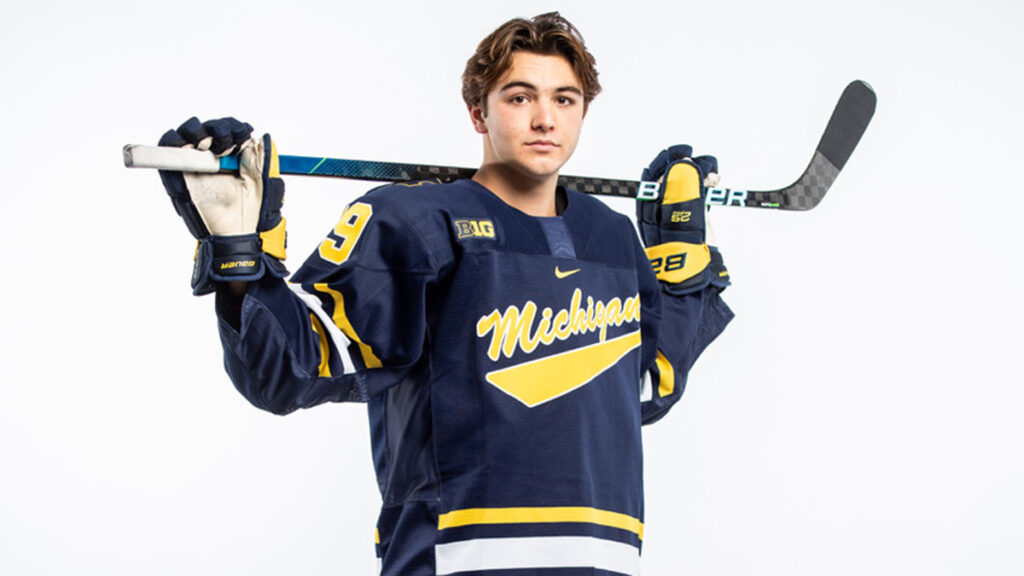What does it take as a hockey parent to help your player become truly elite? So, the reality is I don’t really know from first-hand experience just yet how to develop a great hockey player. In addition, it also really depends on what your definition of “great” is. But I do feel that I have figured out a few things so far as a hockey parent who was watched not only his kids go make it halfway through U14 (aka Bantam) hockey. This series of posts will discuss five different factors that in my opinion contribute to becoming an above average hockey player. While I haven’t gone through it just yet with my kids, from everything I can tell is that the major separation of the top 10% of players really comes at the midget age level and above.
Hockey is a Late Development Sport
While I haven’t gone through it just yet with my kids, from everything I can tell is that the major separation of the top 10% of players really comes at the midget age level and above. There are lots of books and podcasts which discuss hockey being a late development sport (unlike early development sports like gymnastics and figure skating).

The best current example I have seen so far is Brendan Brisson, an incoming freshman at University of Michigan, who was recently a first round draft pick by the Vegas Golden Knights in the 2020 NHL Draft. While it is clear he was always an elite player, playing AAA youth hockey with the Los Angeles Jr Kings, when you look at his stats from when he was 13, 14, and 15 years old, he was not even in the top 3 or 4 on most of his teams in scoring, let alone the division he played in. He averaged less than 0.5 points per game in each of those years. It was only in his second year of Shattuck St. Mary’s and then continuing on when playing for the Chicago Steel in juniors did his point totals go exponential. This shows you how much a player can develop AFTER they turn 15.
Many Kids Peak Too Early
Recently former NHLer turned parent coach, Patrick O’Sullivan wrote a couple of tweets how size and speed early in a player’s youth hockey career can actually work against them, as it is too easy for them to score goals at 10U (Squirts/Atom) and 12U (Peewee) by just leveraging these assets.
However, as other kids catch up to them in both size and speed, these early bloomers didn’t develop the other attributes needed to maintain that dominance. I have seen this myself on both my kids teams and players on other teams they play. There is almost always a very high correlation to the leading scorers and how much bigger they are than the other team. This is especially noticeable when watching the finals of the AAA Quebec Peewee tournament. Even from just watching video, it is pretty easy to see that the best teams have the most kids that have already gone through their growth spurts. Of course these kids also have skill, but what helps separate them is their size and/or speed at 12 years old.
The Long Road of Development
To use a cliché (well, this is a hockey-related post, so I’ll allow it), hockey development is “a marathon not a sprint.” Recognizing that most important development happens at 15 and older, you still need a solid base to build from just to get the opportunity to accelerate when you get there.
For the Love of the Game
In the next post I will discuss what the first factor, which I also believe is the ante, for becoming a great hockey player: a love for the game. I will also try to dimensionlize what that love looks like.
This post is the first in a series on How to Develop a Great Hockey Player (Intro).
